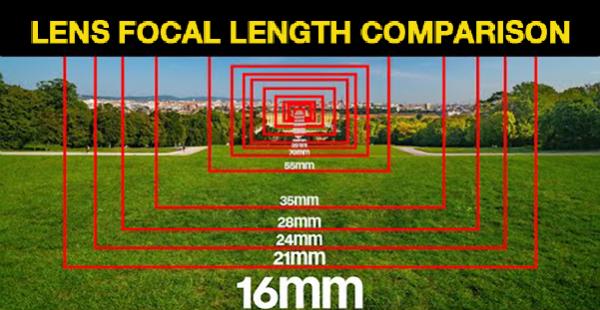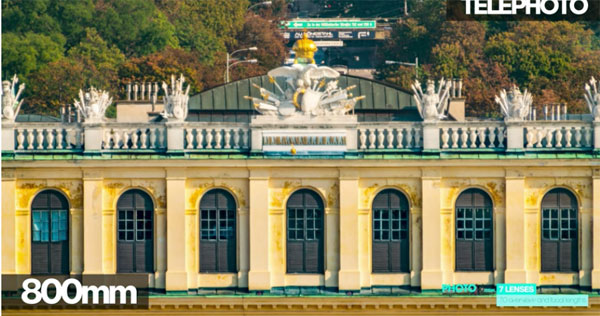Choose the Right Focal Length When Purchasing Your Next Lens (VIDEO)

There are numerous variables to ponder when spending your hard-earned cash on new optics, and focal length is typically at the top of the list. That's because the angle of view provided by a lens is what differentiates it from others you already own.
Of course there are additional variables to consider, including maximum aperture, image and build quality, macro capabilities, and focusing speed. Also factoring into the decision are crop vs. full-frame, zoom vs. prime, image stabilization characteristics, as well as size and weight.
The tutorial below concentrates solely on how different focal lengths determine what you capture within a scene. Instructor Wolf Amri says the question he's often asked first is "what lens should I buy?" And this episode reveals his typical reply, based upon the type of images the photographer shoots most, and what's missing from their exiting arsenal of glass.

Amri says many photographers can't quite visualize how different focal lengths affect composition and the framing of a shot, which is why he created the helpful graphical representation at the top of this page.
As you'll see, the comparison (made with a full-frame camera) covers everything from an ultra-wide 16mm on the short end to a powerful 800mm focal length at the other extreme—and a variety of choices in between. He also explains the ramifications of using teleconverters with long telephotos to extend their reach, and whether or not this is a good idea based upon the compromises involved.
Amri notes that as the field of view changes with lenses of different focal lengths, so do other characteristics of the images you shoot, and that's the topic of next week's episode that we'll bring you when its available. But here's a clue: wider lenses inherently provide greater depth of field, while longer lenses are known for compressing perspective. Ultra-wide lenses involve more distortion, which is why they are rarely used for portraiture—especially up close.

The big guns are obviously far larger and heavier that their wider counterparts, and they tend to be more expensive too—especially those with a fast, constant maximum aperture. So take a close look, consider your needs, think about your budget, and be prepared for Part II that will help you make your next lens purchase with confidence.
There's much more to see on Amri's popular YouTube channel, so take a look when you have time.
And don't miss our earlier post with a comprehensive beginners guide to photographing birds with basic gear.














































